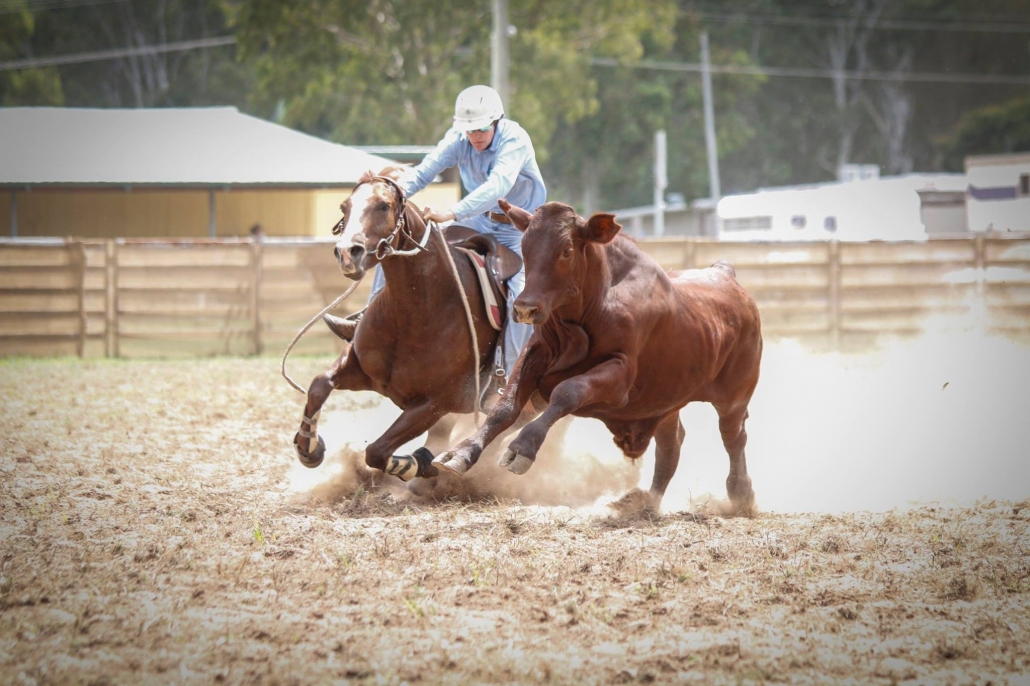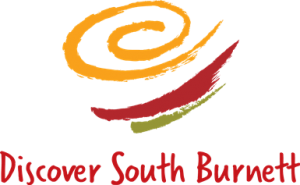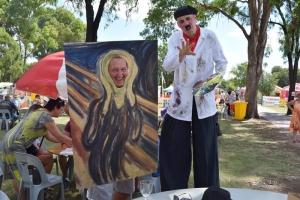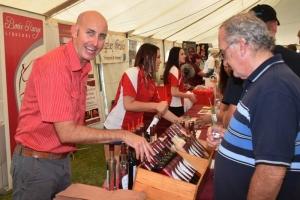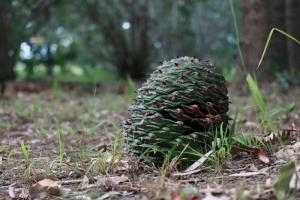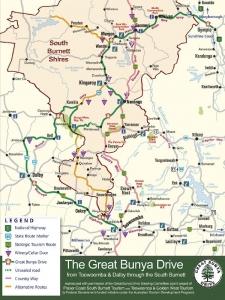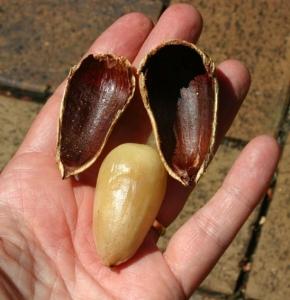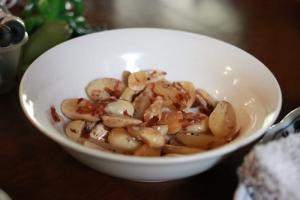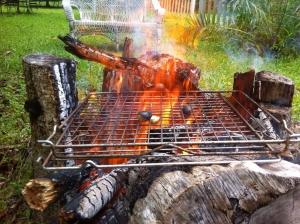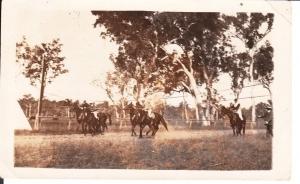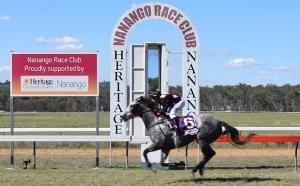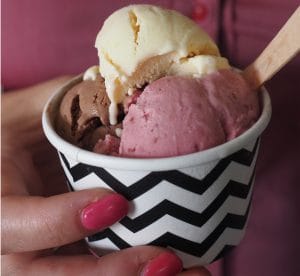Things to do in South Burnett’s autumn
Experience the exciting festivities and changing colours, as the temperatures cool and the region comes alive in South Burnett’s autumn.
Join the festivities at a local show
Each year in March, the annual show season kicks off in the South Burnett. These local shows play host to a variety of agricultural activities. From rodeo, stockman’s challenge, horse jumping, rides, food stalls, trade stalls and the grand parade, there is something for everyone.
Alongside the traditional pastoral, agricultural and horticultural exhibitions, you’ll find plenty of arts, crafts, and homemade wares that show off the talent of the region.
Proston, Murgon, Nanango, Kingaroy and Blackbutt will all take part in this year’s autumn show season.
13 March 2021 – Proston Show
20 March 2021 – Murgon Show
10 April 2021 – Nanango Show
1 May 2021 – Kingaroy Show
15 May 2021 – Blackbutt Show
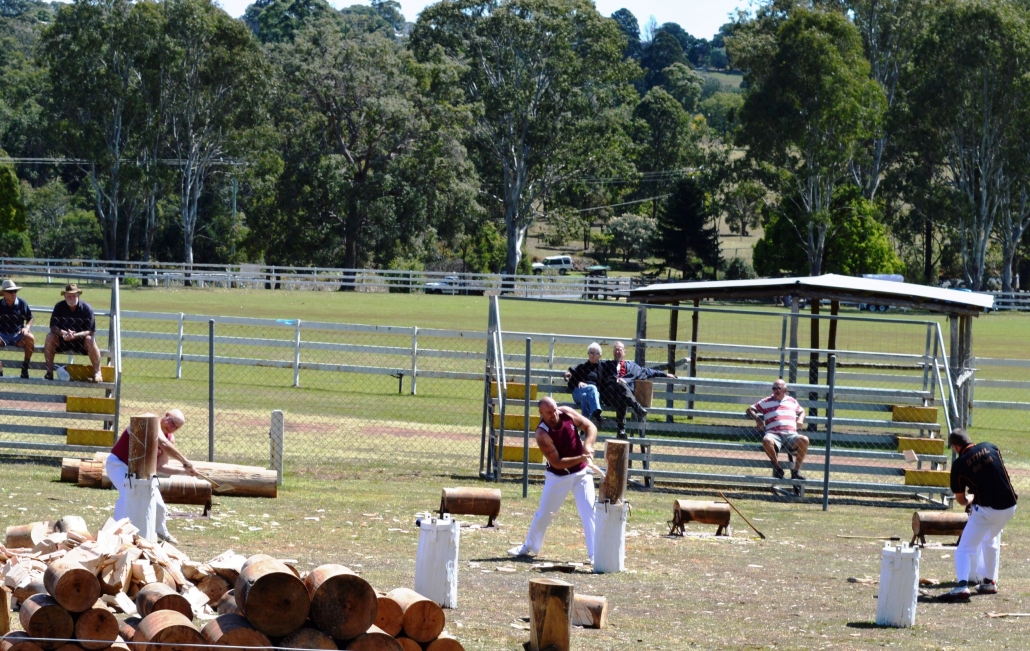
Take a road trip around the region
An autumn road trip through South Burnett is the perfect way to see the picturesque landscapes as the colours change before your eyes. One of the most unique experiences is the Mt Wooroolin lookout, only a short drive from the centre of Kingaroy. A delight for nature lovers and photographers, there is a short window when the sunrise captures the peanut silos in the background. There are a range of walking tracks on offer, with some being very steep so wear a sturdy pair of shoes.
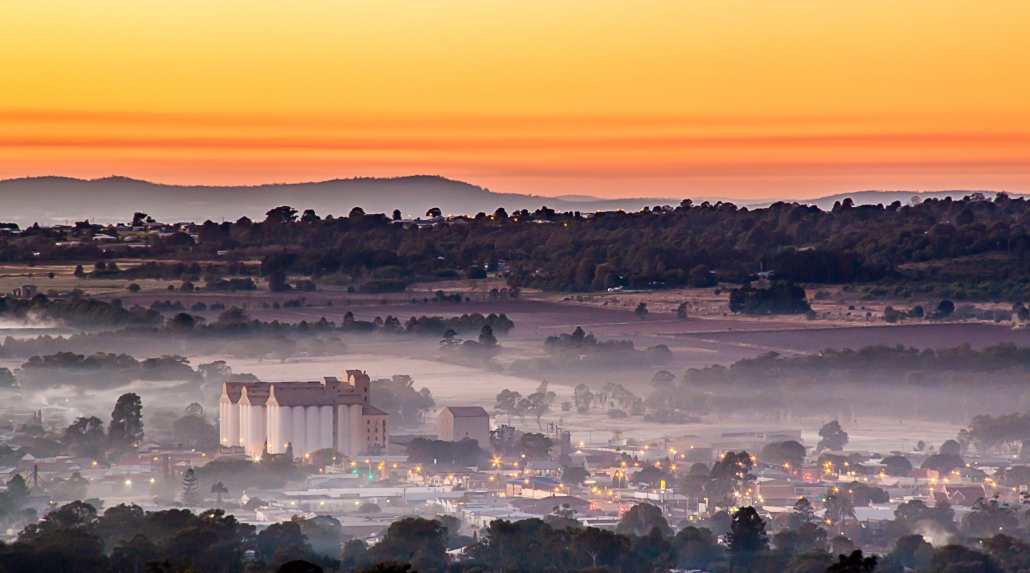
Take in the scene at a local Campdraft
Campdrafting is a uniquely Australian horse sport that puts the skills of both horse and rider to the test. Campdrafting involves two main stages; firstly “The Camp” or cutout yard where the rider selects his beast, separates it from a mob and works it, and “The Course” or arena, where the rider guides his beast in a pattern. Sounds intriguing!
If you have never seen a campdraft, you can catch all the ringside action on
19 March – 21 March 2021 Golden Spurs Campdraft (Proston Showgrounds)
2 April – 4 April 2021 Kumbia Charity Campdraft (Kumbia Showgrounds)
